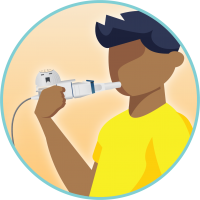Airway Clearance Therapy
What is airway clearance therapy?
Airway Clearance Therapies (ACTs) are considered a cornerstone of therapy. They are aimed at minimizing the effects of airway obstruction, infection, and inflammation in lung diseases. ACTs are recommended for individuals whose ability to mobilize and clear airway secretions is compromised.
Why is airway clearance therapy important?
For individuals struggling with chronic respiratory symptoms and complications, airway clearance therapy must be performed regularly to maintain respiratory health.
“In the same way one would do dental hygiene and brush their teeth daily, one should also be doing airway clearance daily.” – Dr. M Leigh Anne Daniels, MD, MPH on the role of ACTs for complex respiratory patients.
Explore the links below to learn more about respiratory treatments, airway clearance therapies (ACTs) and bronchiectasis.
Links to websites are owned and operated by third parties, which are under their exclusive control, provided for your information and convenience at your own risk and are not an endorsement of the linked content or such third parties.
What are the different types of airway clearance therapies and respiratory treatments with medications?
Airway Clearance Therapies
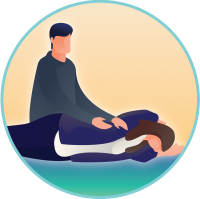
Chest Physical Therapy (CPT)
Uses percussion (clapping) and gravity (postural drainage/positioning) along with other techniques such as huff coughing to loosen and drain mucus from the lungs.

Huff Coughing
Involves taking a breathe in, holding it briefly, and actively exhaling as if you are trying to “fog up” a mirror. Less intense than a regular cough, but may be more effective at clearing mucus.

Autogenic Drainage
Autogenic Drainage (AD) means “self-drainage” and is an airway clearance technique which uses controlled breathing at different lung volumes to loosen, mobilize and move secretions in three stages towards the larger central airways.
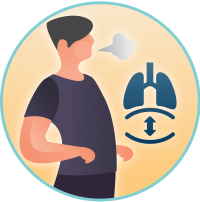
Active Cycle Breathing Technique (ACBT)
A three-step technique that helps clear mucus: breathing control (relax airways), chest expansion exercises (get air behind mucus), and huff coughing (move mucus to larger airways).
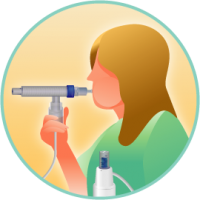
Positive Expiratory Pressure (PEP)
Hand-held device that allows you to breathe in freely but creates resistance when you breathe out. This process helps get air behind the mucus, detach it from lung walls, and promote movement up and out of the airways.

Oscillating Positive Expiratory Pressure (OPEP)
Hand-held device that allows you to breathe in freely, but creates vibration and resistance when you breathe out. The vibration and resistance aid in moving mucus up and out of the airways.

High Frequency Chest Wall Oscillation (HFCWO)
Vest device that creates vibration against the chest wall to loosen mucus so it can be coughed up more easily.
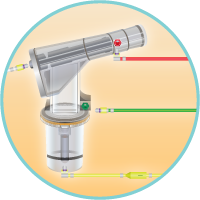
Intrapulmonary Percussive Ventilation (IPV)
Intrapulmonary percussive ventilation (IPV) is a form of chest physical therapy administered to the airways by a pneumatic device.
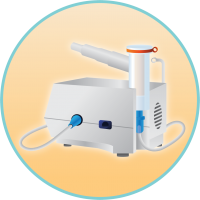
Hypertonic Saline
Sterile sodium chloride (salt) solution inhaled through a nebulizer to thin the mucus.
Respiratory Treatments with Medication

Mucolytics
Mucus Thinners are inhaled medications that help thin the mucus in the airways so you can cough it out of your lungs more easily.
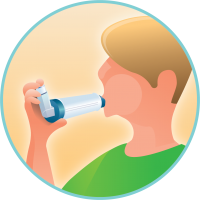
Inhaled Corticosteroids
If you have asthma, inhaled corticosteroids help reduce swelling when your airways are inflamed.


